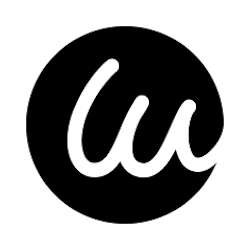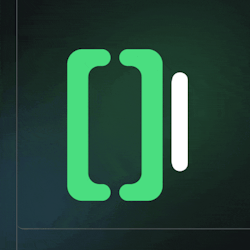
Light Meter Ultra
Precision exposure for film photography with your phone




| About | Details |
|---|---|
| Name: | Light Meter Ultra |
| Submited By: | Ulises Ankunding |
| Release Date | 1 year ago |
| Website | Visit Website |
| Category | Design Tools Photography Tech |
Built by film photographers, for film photographers, Light Meter Ultra for iPhone gives you the exact readings you need for your camera by simply pointing your device at the scene. Packed with multiple modes, custom profiles and more. Never miss a shot again.
Wow congratulations ! Do not own an analog camera these days, but will keep this in mind. Congratulations on making an excellent product (4.8 stars w/ > 500 reviews on App store)
1 year ago
Congratulations on the launch of Light Meter Ultra, Tristan! It's fascinating to see how you've tapped into the resurgence of film photography and created a tool specifically tailored to the needs of film photographers. Your passion for the craft really shines through in the thoughtful design and functionality of the app. As someone who appreciates the magic of film photography, I'm curious to know more about the custom profiles feature you mentioned. How does it enhance the user experience and help photographers achieve their desired results? Looking forward to exploring Light Meter Ultra and experiencing the best of analog and digital coming together seamlessly.
1 year ago
Achieving precision exposure for film photography with your phone involves using light metering apps and manual adjustments. Here's a general guide to help you: 1. **Light Metering Apps:** Download a light metering app on your smartphone. There are many available options, both free and paid, for both iOS and Android devices. Some popular ones include "Light Meter" for iOS and "Light Meter - Free" for Android. 2. **Calibrate the App:** Before using the app, calibrate it to ensure accurate readings. This typically involves adjusting settings such as ISO, shutter speed, and aperture to match your film camera settings. Refer to your camera's manual for these settings. 3. **Select the Film Speed (ISO):** Set the ISO value in the light metering app to match the ISO of the film you're using. This is crucial for accurate exposure calculations. 4. **Metering Mode:** Choose the appropriate metering mode in the app based on the lighting conditions and your desired exposure. Common metering modes include spot metering, center-weighted metering, and evaluative metering. 5. **Meter the Scene:** Point your phone's camera at the scene you want to photograph and use the light metering app to measure the light. Ensure that the app is reading the light falling on the subject, not the light source itself. 6. **Adjust Exposure Settings:** Based on the meter reading provided by the app, manually adjust the exposure settings on your film camera. This typically involves setting the appropriate combination of shutter speed and aperture to achieve the desired exposure. 7. **Take Test Shots:** After setting the exposure on your camera, take test shots to verify the exposure accuracy. Make adjustments as needed until you achieve the desired results. 8. **Bracketing:** Consider using exposure bracketing if you're unsure about the correct exposure. This involves taking multiple shots at different exposure settings to ensure that at least one captures the scene perfectly. 9. **Practice and Experiment:** Like any aspect of photography, achieving precision exposure with film takes practice and experimentation. Take the time to familiarize yourself with your camera's manual controls and how they affect exposure. Remember that film photography is a process of trial and error, and don't be discouraged if you don't get perfect results right away. With practice and experience, you'll become more adept at achieving precision exposure with your film camera and smartphone light metering app.
1 year ago
Okay, this looks good. I usually play with manual exposition (f, ISO, time) and with the iPhone, it is a bit tricky than with my camera. What is the main market you are targeting?
2 years ago
It's like a secret weapon for film photographers who love to capture life the analog way, but with a modern twist – totally worth the upvote! Quick question about usability for those who might be juggling an old-school camera in one hand and the app in the other, how intuitive is the interface? Can you get those precision readings without missing the moment you're trying to capture? It's all about finding that sweet spot between technology and practicality.
2 years ago
Congratulations on the launch! I'm curious, does the app offer any guidance or tips on achieving optimal exposure for different film types?
2 years ago










